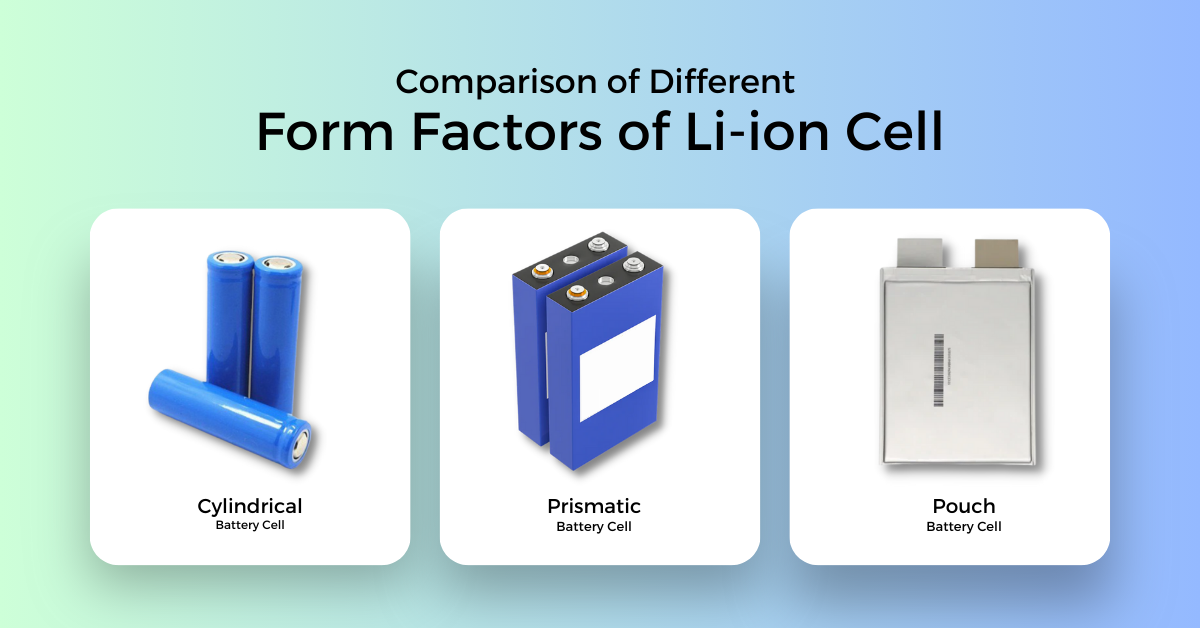
Lithium ion batteries are most widely used as energy storage systems for electric vehicles because Li-ion batteries have high energy density, power density, higher cell voltage, and low self-discharge as compared to lead acid batteries, NiCd batteries. The battery pack of an electric vehicle consists of multiple cells connected in series-parallel combination to achieve the required power requirement of the battery pack. The battery pack manufacturer aims to provide high energy density and safety to its battery pack. These both features depend much on the form factor (geometry) of the cell apart from chemistries involved in manufacturing of cells. The main form factors used for Li-ion batteries in EVs are Cylindrical, Prismatic, and Pouch.
The main difference between the cell formats lies in the design of the cell casing and the arrangement of the cathode, anode, and separators. Cylindrical and Prismatic cells are packaged in a hard case, usually made of aluminum or stainless steel while Pouch cells are packed in multilayer aluminum composite foils. EV manufacturers use all these cell formats in their battery pack. For example, Tesla uses cylindrical cells, and VW, BMW use prismatic cells while Nissan leaf uses pouch cells.
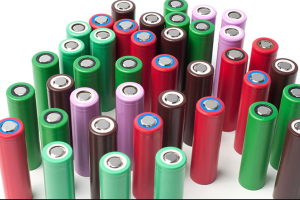 |  | 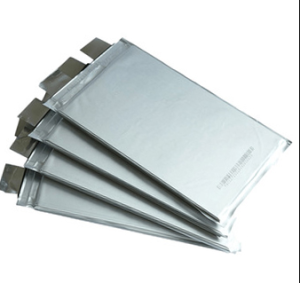 |
| Cylindrical | Prismatic | Pouch |
Cylindrical Cell
It is the most common Li-ion cell used in electric vehicles. Cylindrical batteries mainly consist of a jelly roll including anode, separator, cathode, and a cap located on the top of the positive terminal. A safety valve is provided to facilitate the release of gases that have accumulated inside the cell due to thermal runaway.
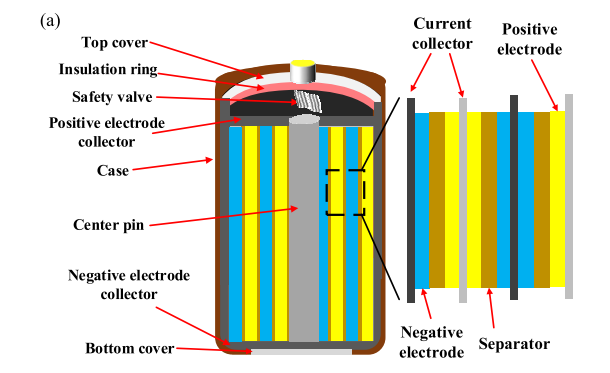
The Li-ion cell’s jellyroll structure gives it good mechanical stability, long calendar life, and cycling ability. Moreover, cylindrical cells are easy to manufacture, are lower cost than other batteries, and can withstand high internal pressures due to their steel case. Hence, cylindrical cells are preferred for electric vehicles. Cylindrical cells are available in many formats but the most commonly used formats are 18650, 21700, and 4680.
Prismatic Cell
In this type of cell, electrodes, active materials and other components are arranged in a prismatic or rectangular shape. There are two common configurations for prismatic cells: flat jelly rolls and stacked electrodes.The flat jelly roll design is often used to create a slim and rectangular form factor, suitable for applications where space efficiency is crucial. And the Stacked electrode prismatic cells are known for their ability to handle higher energy densities and provide improved cooling, which can be beneficial for high-performance applications.
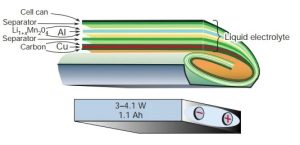 | 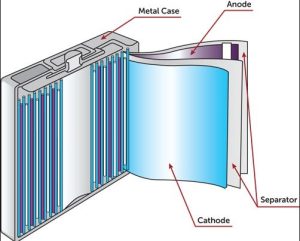 |
| Flat jelly rolls Prismatic Cell | Stacked electrodes Prismatic Cell |
Prismatic cells are usually bigger than cylindrical ones, which means that, in comparison, fewer cells are needed to achieve the same energy content, and less electrical connections and time are necessary, potentially enabling a cheaper battery assembly process. Prismatic cells provide higher energy density but less power density than cylindrical cells. However, Prismatic cells are less efficient in radiating heat due bigger size which causes thermal issues with this cell. Also, Prismatic cells are made up of many positive and negative electrodes sandwiched together giving more possibility for deformation leading to swelling and short circuit.
Pouch Cell
This is another format in which Li-ion batteries are packaged. Pouch cells are constructed by stacking multiple layered sheets of anode-separator-cathode assemblies which are then inserted into a pouch, the pouch is then filled with electrolyte and sealed leaving the positive and negative terminals outside of the pouch. The cover of the pouch cell is made of aluminum and polyamide film to prevent corrosion.
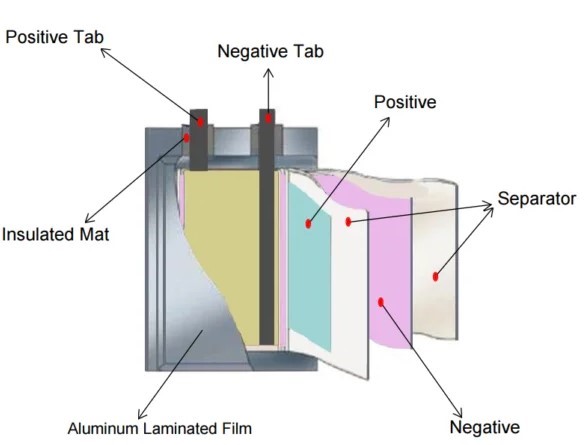
The elimination of the rigid metal enclosure saves weight and means the pouch cell is capable of high energy densities and packing efficiencies. But this elimination in the pouch causes the Pouch cell to be vulnerable to external mechanical damage and swelling from internal gasses. Pouch cells have higher surface area to volume ratios than other formats so pouch cells radiate heat more efficiently.
A comparison table for Cylindrical, Prismatic and Pouch Cells
| Properties | Cylindrical | Prismatic | Pouch |
| Energy Density (pack level) | Low | High | Highest |
| Mechanical Stability | Highest | High | Low |
| Thermal Stability | Highest | Low | High |
| Manufacturing Technology | Mature | Still developing | Still developing |
| Cost | Low | High | Highest |
| Battery Pack Wiring | Highest | Low | Low |
| Weight | Highest | High | Low |
Compared to prismatic cells, cylindrical cells can be produced much faster so more KWh per cell can be produced every day equaling lower $ per KWh. The electrodes in a cylindrical cell are wound tightly and encased in a metal casing, This minimizes electrode material from breaking up from the mechanical vibrations, thermal cycling from charging and discharging and mechanical expansion of the current conductors inside from thermal cycling. Many cells are combined in series and in parallel to increase voltage and capacity of the battery pack, if one cell goes bad, the impact on the entire pack is low. CHARGEX® cells bolt through lengthway circuit boards that will prevent a bad cell from shorting out the rest of the pack, allowing it to continue functioning with slightly reduced capacity. With prismatic cells if one cell goes bad it can compromise the whole battery pack. Cylindrical cells will also radiate heat and control temperature better than prismatic cells. Prismatic cells are made up of many positive and negative electrodes sandwiched together leaving more possibility for short circuit and inconsistency. The higher capacity makes it difficult for the BMS to protect each cell from over charging and dissipating heat. The larger cell size minimizes the possibility for automation leading to a lower degree of consistency. The internal electrodes can easily expand and contract causing deformation which can lead to a internal short circuit and are more prone to swelling similar to lead batteries.






